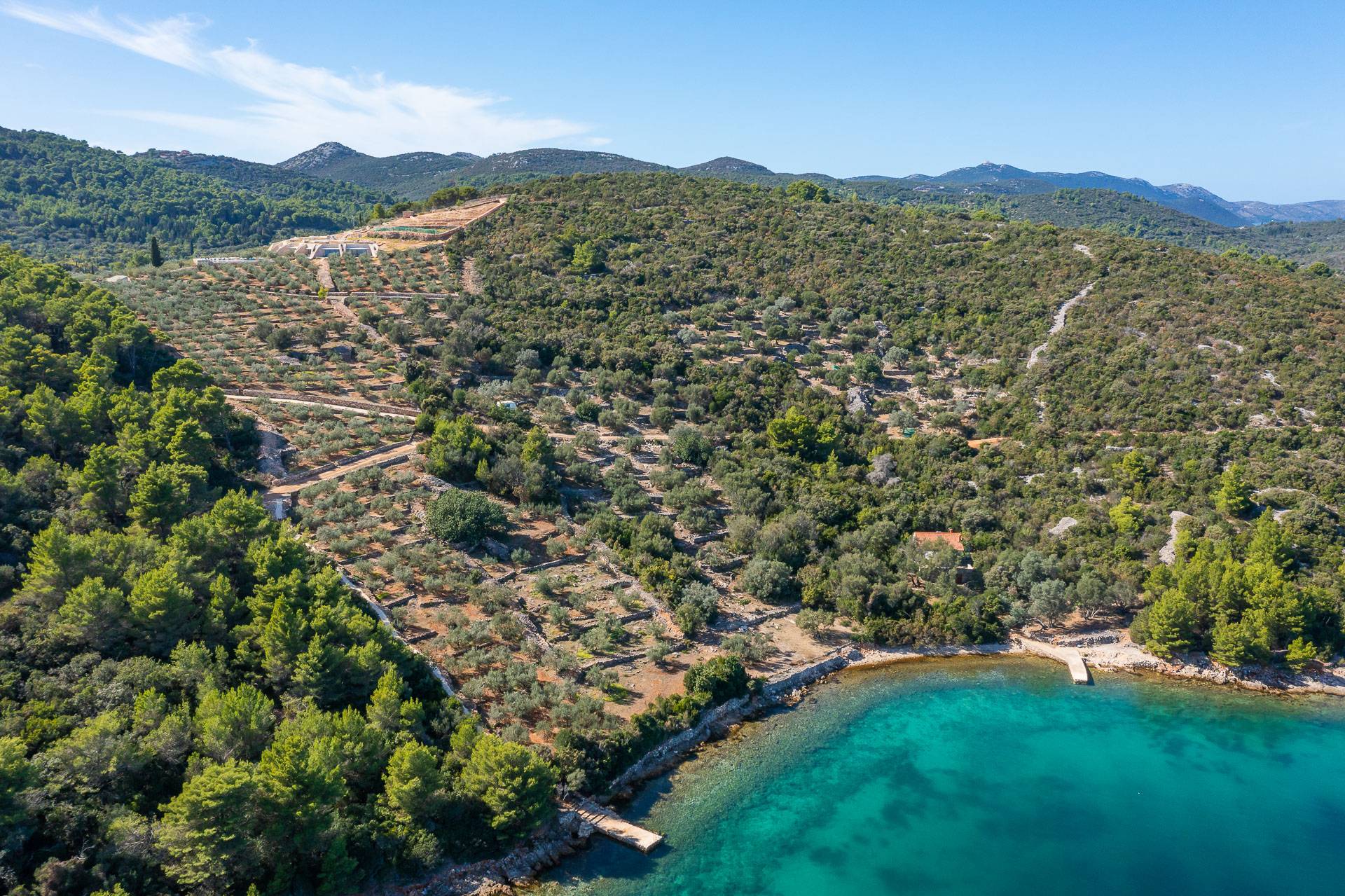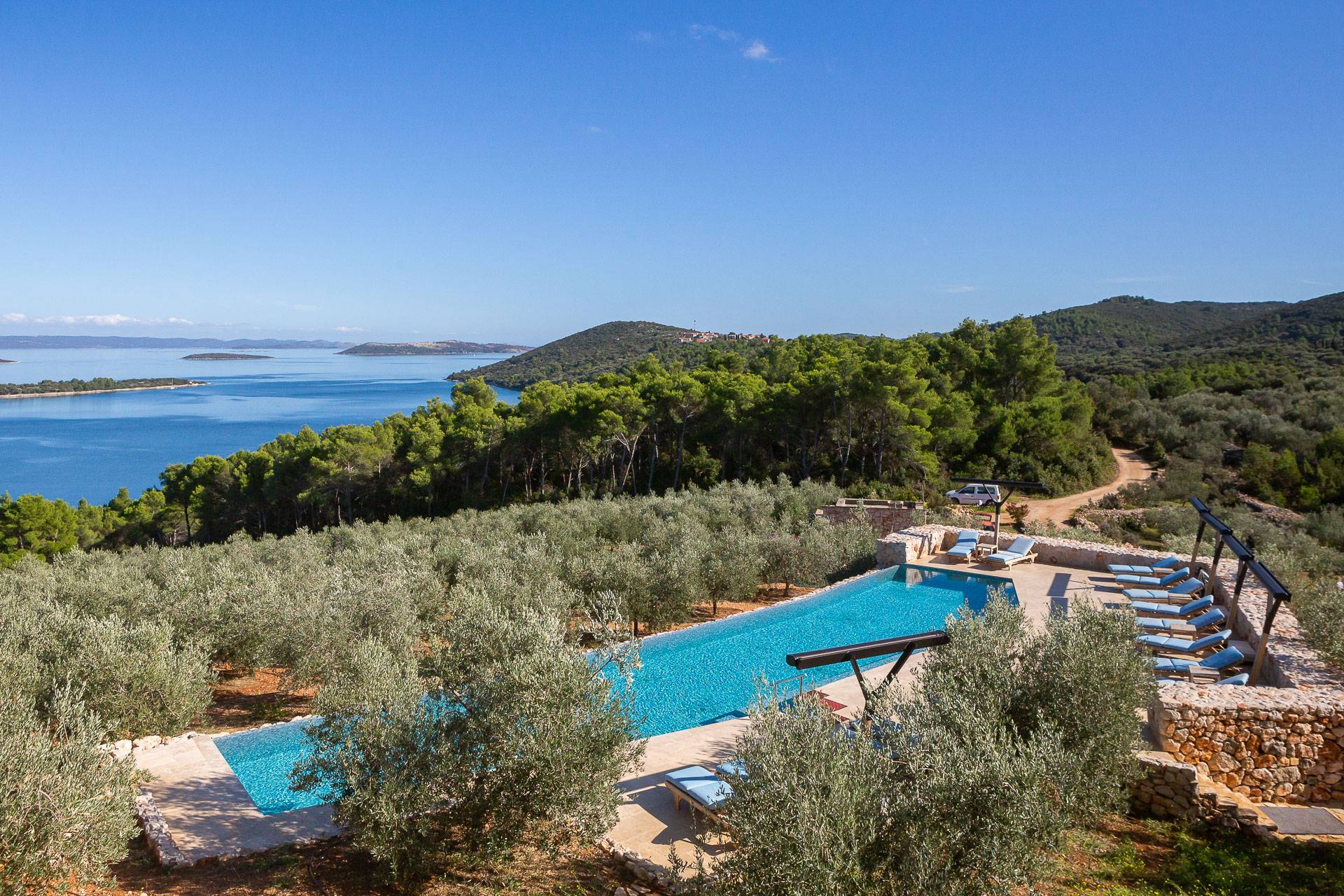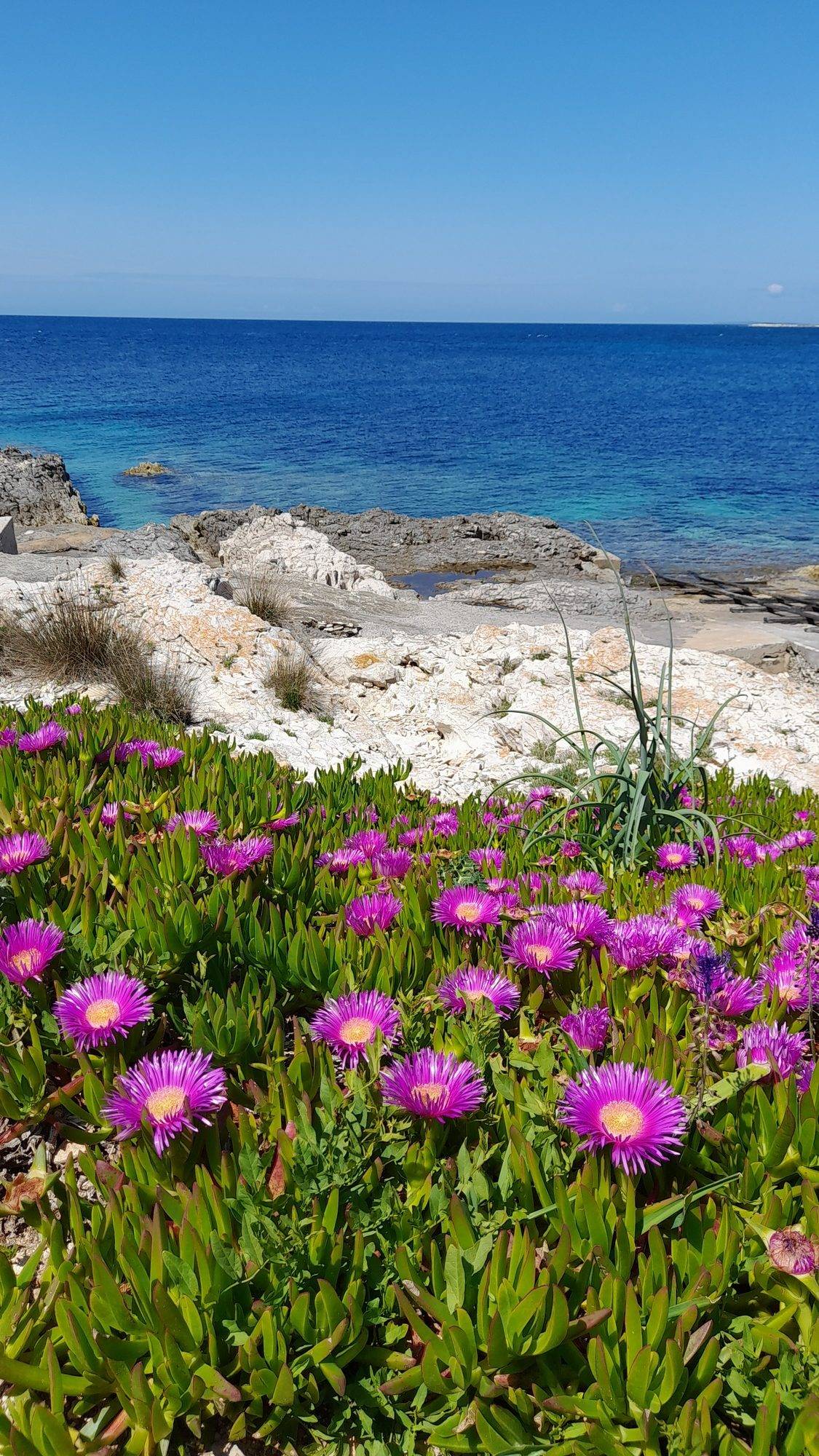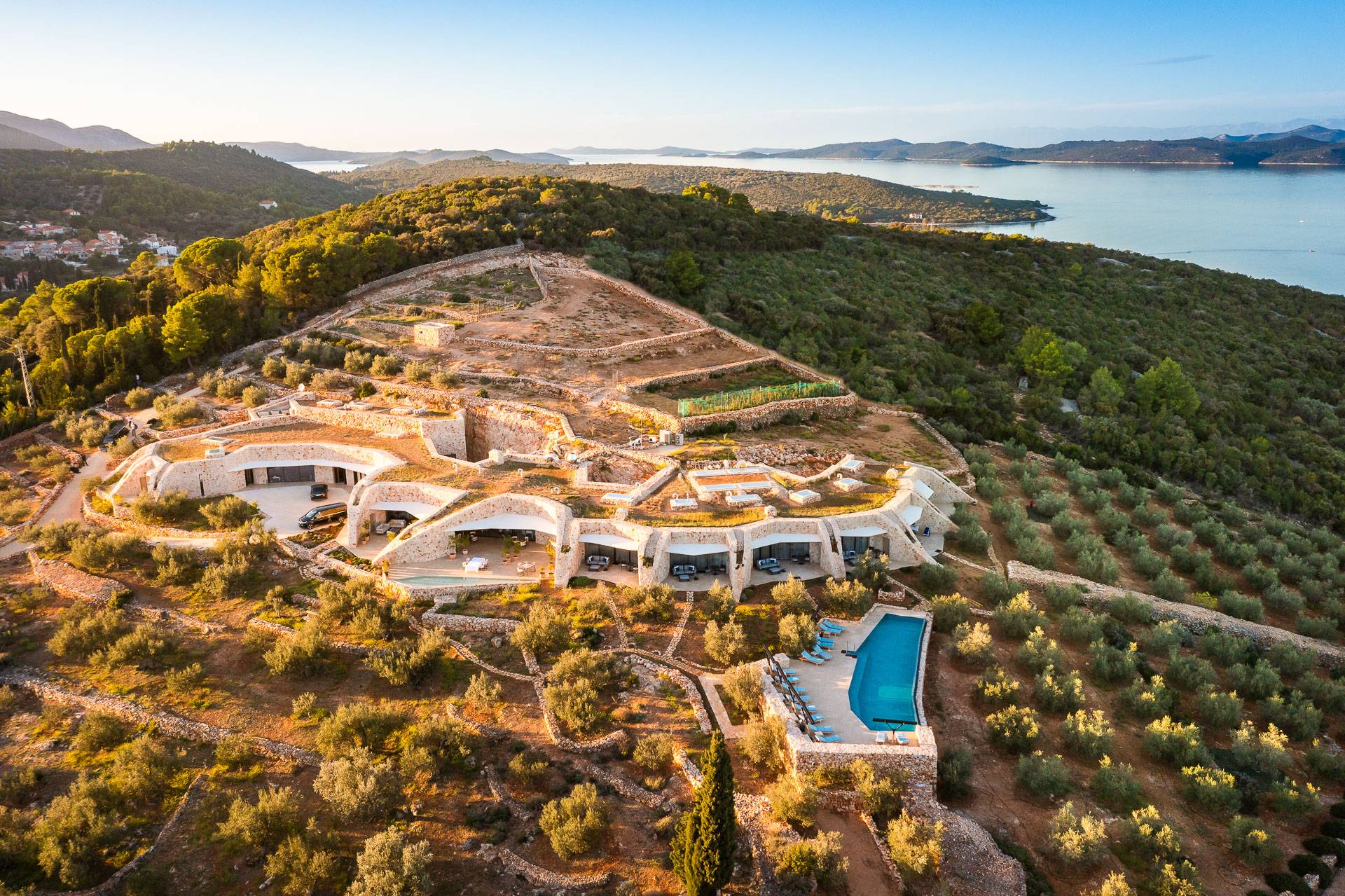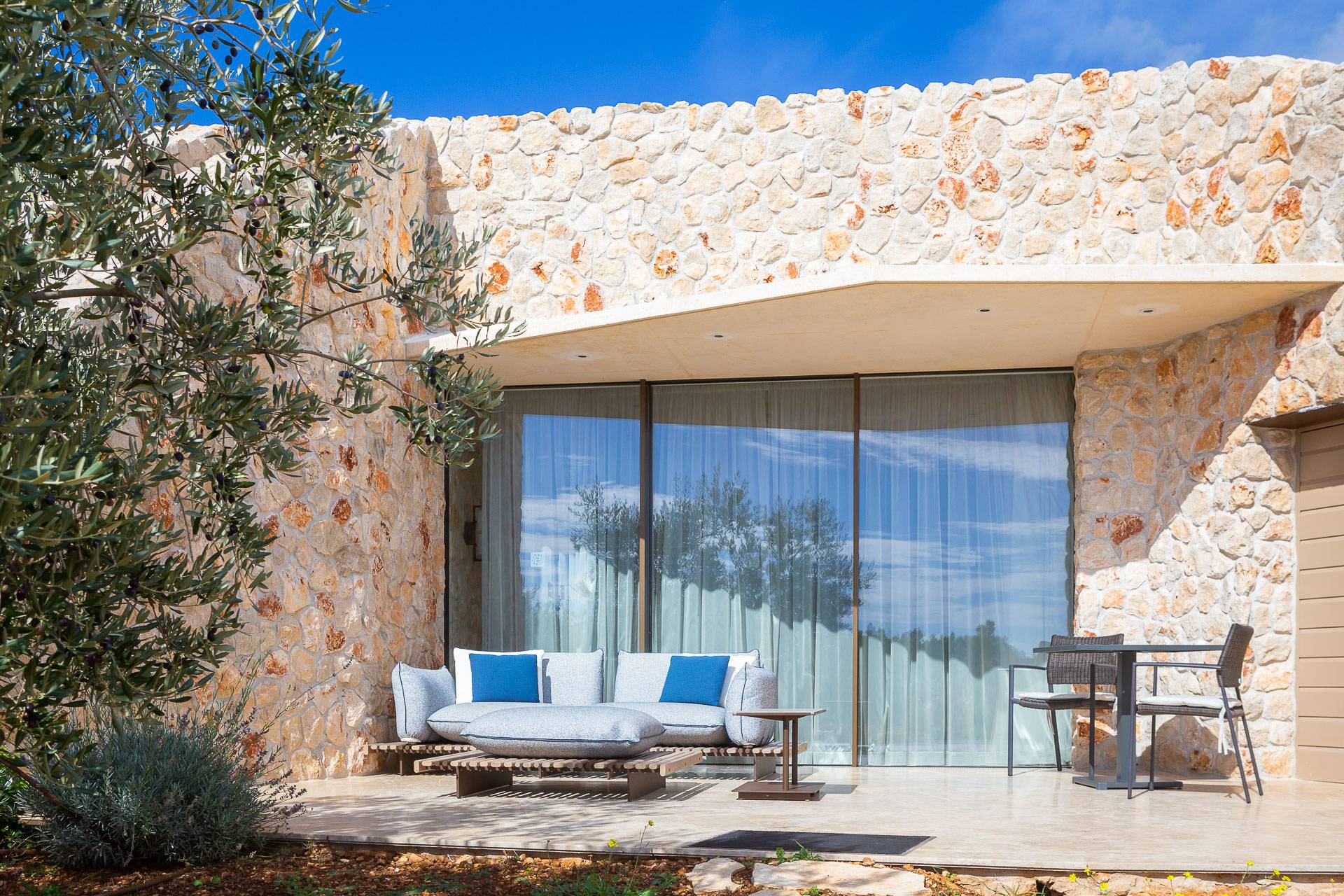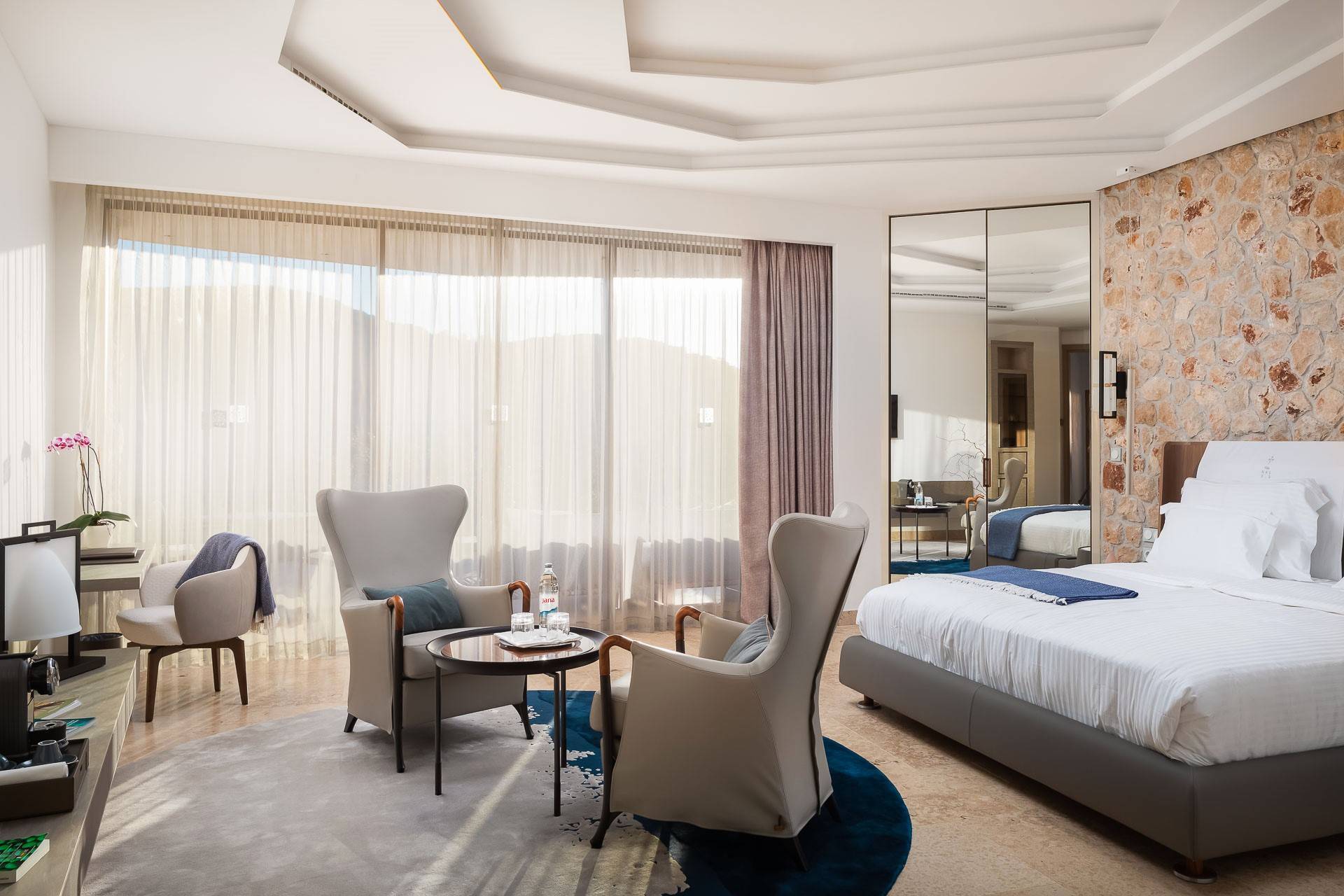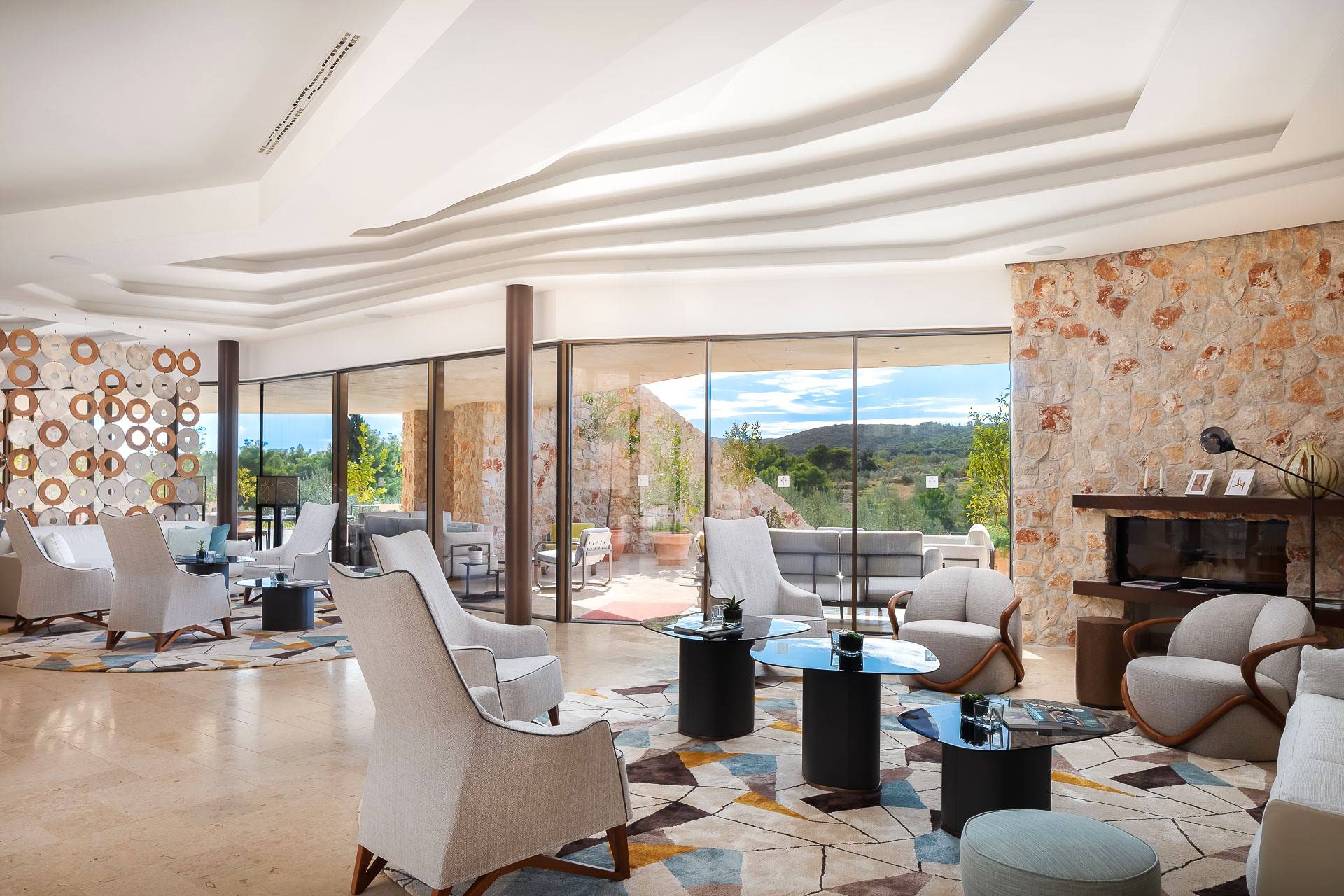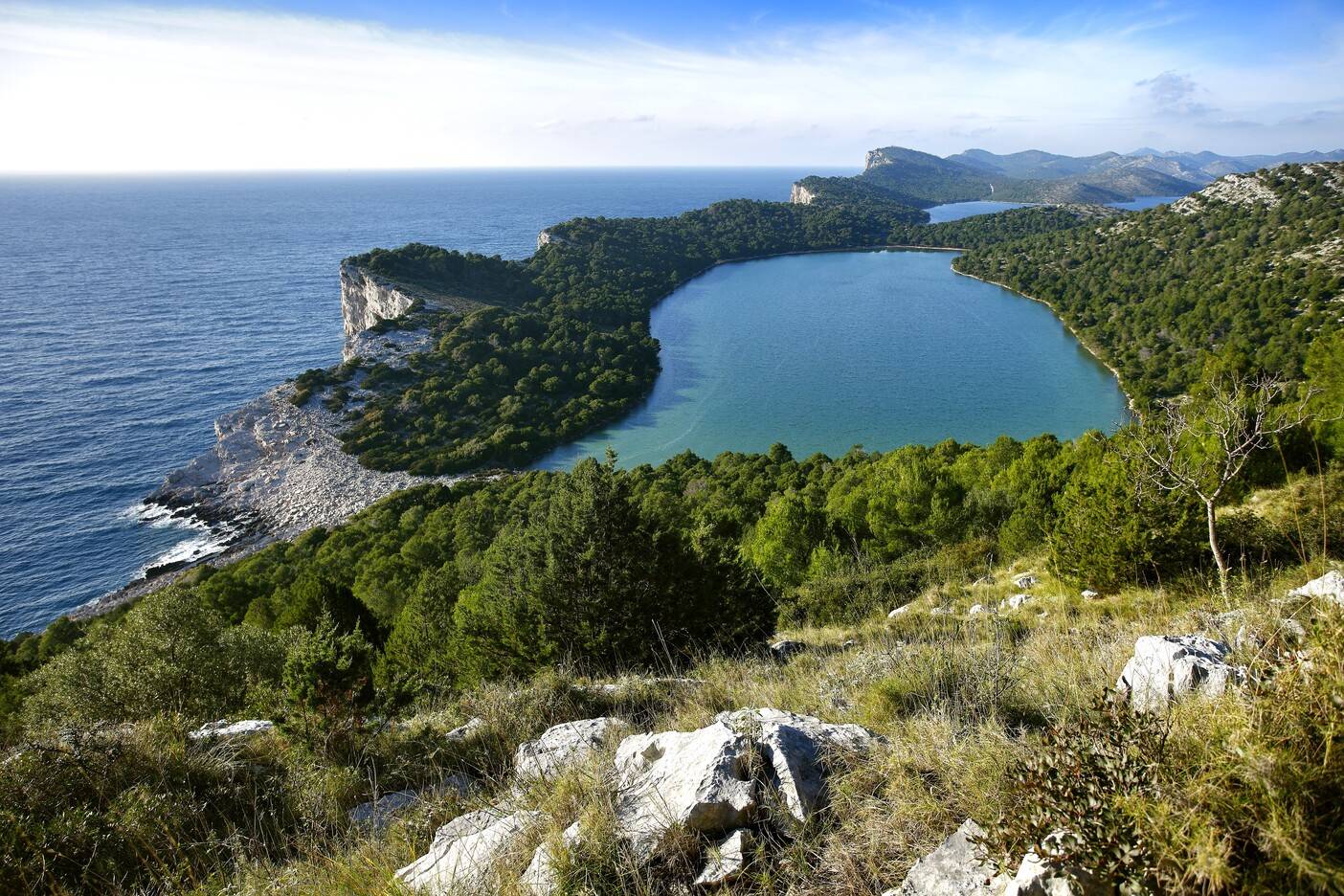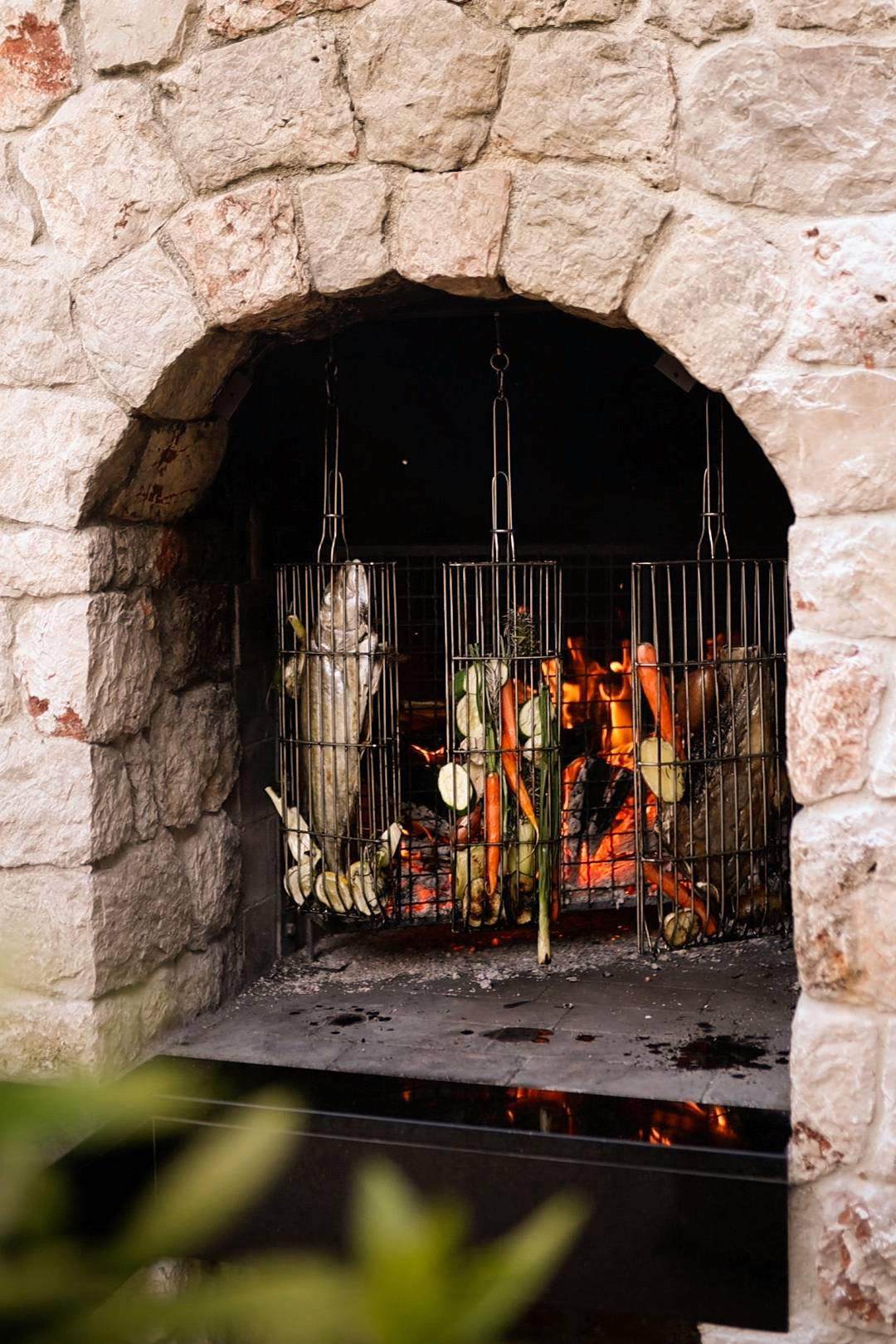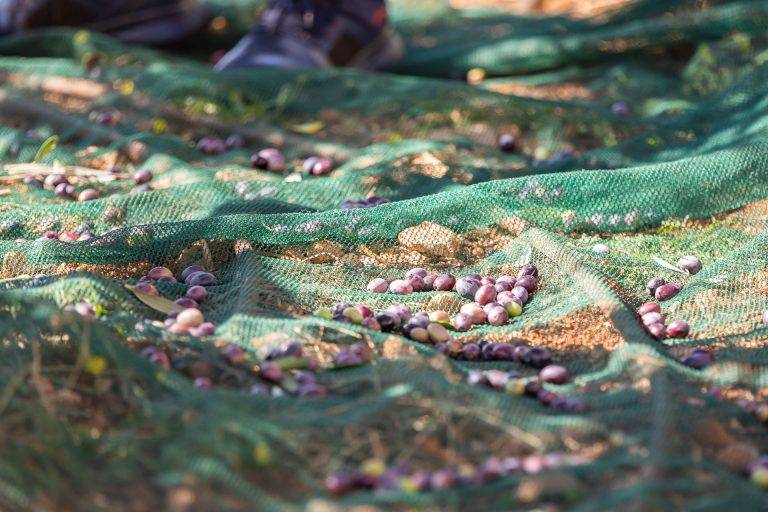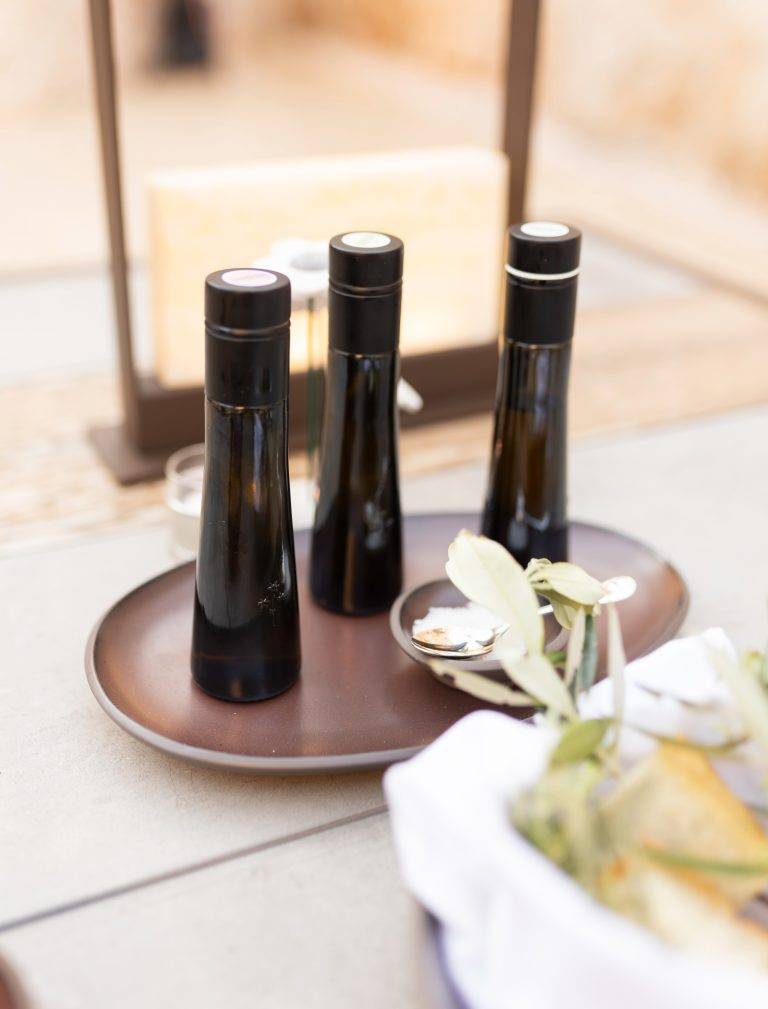Dugi Otok? I’d never heard of it until I set foot on this unspoilt gem of a Croatian island. And that’s probably a good thing. The peculiar name translating to “Long Island” also sounds ancient, which isn’t surprising since archaeological findings found evidence that the island has been continuously inhabited since the Paleolithic period. A part of me wants to keep it a secret, but the other half wants to shout to the world about it.
My one-hour, 40-minute ferry journey from Zadar to Dugi Otok navigates west towards the Dalmatian coast, passing through a gap between smaller islands. The vessel has seen better days, packed mostly with islanders with sun-kissed complexions and a few pasty Westerners. It takes a while to get my bearings in a country of over a thousand islands and islets. Hugging the Croatian coastline from north to south, they vary in size — from heart-shaped to long and thin, green and mountainous. Halfway between Venice and Dubrovnik, Dugi Otok is a sliver of paradise spanning 45km, making it the seventh-largest island in the Adriatic Sea.
Driving around the island is easy — there’s only one main highway. The enchanting scenery punctuated by pristine shores and clusters of islands is visible from the well-paved road, which during off-peak season is devoid of traffic, while the journey to Villa Nai 3.3, a luxury hilltop retreat in the south of Dugi Otok, is a gentle ascent that winds around acres and acres of olive groves basking in the sun.
These olive groves spanning 40,000 square metres have been in the Morović clan for 500 years, and there couldn’t be better custodians of this ancestral land than husband and wife team Goran and Nives Morović. Goran’s heritage can be traced back to 1607 in the nearby village of Žman, and keeping his family’s legacy alive culminated in 2009 when the pair planted 1,000 olive trees and cultivated the land as part of the Morović Family Farm (OPG Morović), which now produces the award-winning organic extra virgin olive oil, Nai 3.3.
Goran’s other dream was to build a luxury hotel in the heart of the olive farm, and being a qualified civil engineer and construction manager, he knew what he wanted down to the last detail. He also had to deal with big challenges, such as obtaining a permit for a building “where the ground floor and basement are at the same height”, as well as constructing a building without right angles, among other obstacles. In the end, by working alongside Nikola Bašić, the famed architect who designed the Sea Organ in Zadar, Goran’s vision, passion and hard graft bore fruit when Villa Nai 3.3 opened its doors in 2021.
DREAM HOME
Approaching the villa feels like arriving at my dream home. Considered the second smallest hotel in the world, it bears all the hallmarks of an exclusive luxury bolthole far from the madness of our modern world. There is warmth, style, elegance, plus a bit of quirkiness, which I find refreshing, but none of the pretentiousness I’ve seen in ego-led self-build homes featured on many TV shows. This is indeed a ‘grand design’ with plenty of heart and soul.
Villa Nai 3.3 is small but beautifully formed. The structure looks and feels organic, with conservation and sustainability at the core of its design from ground to roof. The hillside’s natural contours have been sympathetically carved out to make way for the semi-circular building, using mainly excavated pink and white rocks, limestone and dolomite to create a soft, natural look both on the exterior and interior.
An aerial view of the property provides a different perspective; it could be mistaken for a modern cave dwelling or organic spaceship. The villa’s rooftop has been cleverly designed to reduce energy consumption by over 20 percent and extends further onto the organic farm comprising vegetable, fruit and herb gardens. And the chirping hens living in the coop behind the garden couldn’t have wished for a better place to lay their eggs.
Goran and Nives welcome me and my companions with a choice of hot or cold olive tea freshly prepared from organic leaves harvested from the farm. The flavour is slightly smoky, refined and refreshing, and knowing the leaves are packed with antioxidant polyphenols, I dare not waste a drop.
The bright and airy open-plan space integrates a lounge, bar and dining area, where floor-to-ceiling glass doors reveal vistas of sprawling olive groves and hills beyond. On a warm, sunny day, enjoying an alfresco breakfast at the adjoining terrace is just too good to resist.
The interior designers did a great job of bringing warmth inside with neutral tones for comfy sofas and armchairs, concealed lighting and sculptured ceilings. Features that immediately catch my eye are the round area rugs with geometric patterns and the Rollo-like gold and silver suspended plates dividing the lounge and the dining area.
There are five individually styled deluxe rooms and three deluxe suites, each featuring a spacious terrace with private access to the olive groves. The last two rooms at the end of the villa have the best views of the sea and islands, and just a few yards away is a seawater infinity swimming pool that blends with the seascape.
Interiors and exteriors of Villa Nai 3.3 © Lidija Lolic.
LIQUID GOLD
The villa’s tranquil setting has a meditative effect, and although a siesta sounds tempting, it can’t compete with a special tasting session of Nai 3.3 olive oils, Goran’s pride and joy, which come in three styles: Drobnica, Coratina and Blend. A lot of cup swirling ensues, followed by sniffing, sipping, and then a cacophony of oil sucking before finally swallowing.
Drobnica is considered the ‘ancestral oil’ because it comes from indigenous olives grown in the centuries-old olive grove. There’s something energising about the zingy aroma of green tomatoes or freshly cut grass, and I like the strong flavour and bitterness that give a spicy, peppery hit, which is proof of high levels of polyphenols. The Coratina has garnered top awards in world competitions and is recognised as having the highest level of these life-enhancing compounds among Croatian oils. It has a strong fruity aroma and a slightly sweet, piquant flavour.
FOOD FOR THE GODS
For centuries, the ancient Romans may have extolled the virtues of olive oil, but this gift from nature has been around for a lot longer. In fact, several olive seeds were found amongst artefacts discovered during underwater archaeological explorations of the sunken Bronze Age settlement of Ričul, south of Zadar. The fact that this humble fruit consumed by civilisations over the centuries has developed into the liquid gold we now enjoy is quite remarkable.
From tree to table, the olive oil journey at Villa Nai is very short. The mill and production rooms are situated at the other end of the villa, assuring that only hand-picked quality drupes are processed the same day. Fortunately for the guests, there’s always plenty of Nai 3.3 olive oil to accompany every meal — even at breakfast.
However, each dish served here has to be of the same high standard as the olive oil itself. Just as well Executive Chef Steven Pieters is in charge. Armed with two decades of experience garnered at the Shangri-La Jakarta, Kempinski Marsa Malaz in Qatar, and The Dolder Grand in Zurich, the South African-born Swiss citizen brings to the table delectable dishes that reflect his passion for fresh, seasonal ingredients, sustainably sourced from the villa’s garden, Dugi Otok and Zadar County, as well as fresh catch from local fishermen.
The gourmet menu served in the main dining room is a delicate balance of textures and flavours. Each dish is presented with flair, prepared to preserve the freshness and taste of each ingredient — from the cream of wild artichoke and catch of the day to the light and luscious desserts. Also, the word is out that Steven’s shoestring potato chips are legendary, and he can’t serve enough of them – they get devoured within seconds.
A more romantic setting under the stars is Grotta 11000, which pays homage to the oldest Dalmatian, Šime, who lived in the caves of Dugi Otok some 11,000 years ago. Mouth-watering dishes are cooked on either an open fire, charcoal grill, in the hearth oven, or under the “Peka”, a traditional Croatian bell-shaped lid covered in embers while slowly cooking meat, seafood and vegetables.
Villa Nai 3.3 is one of those retreats where time passes by quickly, even when you’re simply relaxing and not doing much else apart from having an indulgent facial massage, which I highly recommend. It leaves the skin silky smooth and supple, and this has a lot to do with the olive oil extracts used for exfoliating and moisturising the skin. And difficult as it may be to break away from the sybaritic life here, it’s definitely worth getting off that lounger to explore Dugi Otok’s natural gems.
BEAUTY SPOTS
The island’s main attractions are the majestic cliffs along Telašćica Nature Park on the southern edge of the island. The highest cliff is Grpašćak, rising 161 metres, and Telašćica Bay is also renowned for its islets and coves. Telašćica forms part of the Kornati National Park, where most islands comprising the Kornati, the Adriatic’s largest archipelago, have so far remained uninhabited. Take an exhilarating boat trip around Lake Mir and have a dip at the pine-rimmed Saharun beach, one of 25 secluded beaches dotted around the island. Then drive towards the island’s northernmost part and climb to the top of the 42-metre-high Veli Rat Lighthouse, the tallest in the Adriatic. Dugi Otok has several historic villages, such as Žman, which has a parish church dating back to the 13th century. Evidence of pre-historic life has also been discovered here.
As far as European islands go, Dugi Otok ticks all the boxes in terms of beauty, seclusion and sustainability. And, of course, the jewel in the island’s crown is Villa Nai 3.3, where one can empty the mind and recharge even for just a few days, a week or preferably a month. The hospitality of Goran and Nives, plus the impeccable service from their staff, make this place feel even more special and comforting. Anyone staying here for an extended period will benefit greatly from the healing properties of their award-winning olive oil and therapeutic natural surroundings. This is my happy place in Croatia.
FACT BOX
Getting there: A daily Jadrolinija car ferry operates year-round from Zadar to Brbinj on Dugi Otok, which sails twice a day in low season and three times a day during peak times. The journey takes one hour and 20 minutes. For those who prefer to arrive in style, there is a helipad at Villa Nai 3.3.
Villa Nai 3.3 is a member of Leading Hotels of the World.
To find out more about Villa Nai 3.3 and book, visit the links below…
VILLA NAI 3.3
Žman 199
23282 Žman
Croatia
Web: villanai.com
Tel: +385 91 3030 460
Email: contact@villanai.com
Instagram: @villanai33
Facebook: @VillaNai33

